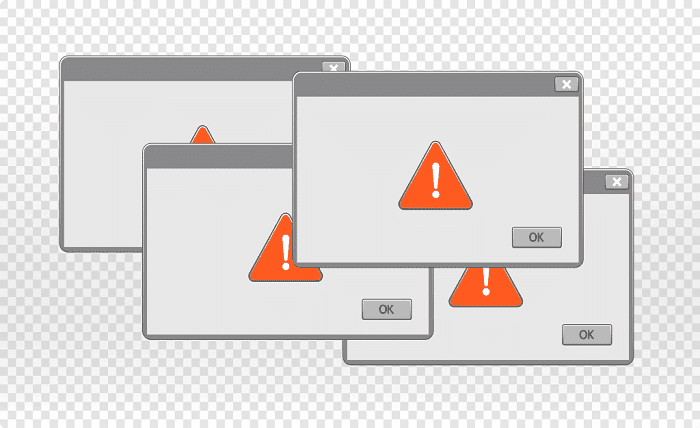Distributed Denial of Services: Mitigation Strategies for Cyber Attacks

How can you protect against DDoS attacks? What strategies are effective in mitigating these cyber threats? Distributed Denial of Service (DDoS) attacks are a primary concern digitally. They can disrupt online services, causing significant financial and reputational damage. Understanding and implementing effective mitigation strategies is crucial for safeguarding our systems.
The Importance of Early Detection
Early detection is critical to mitigating distributed denial of services attacks. Recognising the signs of an impending attack can help initiate a swift response. Monitoring network traffic for unusual patterns or spikes can provide early warning.
Investing in advanced monitoring tools is essential. These tools can analyse traffic in real-time, identifying potential threats before they escalate. Early detection helps mitigate the attack and minimise the impact on services and users.
Implementing Rate Limiting
Rate limiting is an effective strategy to control traffic flow to a network. It prevents overload by limiting the number of requests a server can handle. This strategy ensures that legitimate traffic can still access the service while blocking excessive requests.
Rate limiting can be customised based on the type of service and expected traffic patterns. It helps maintain service availability even during an attack. This simple yet powerful technique is a cornerstone of DDoS mitigation.
Using Web Application Firewalls
Web Application Firewalls (WAFs) play a critical role in DDoS mitigation. They filter and monitor HTTP traffic between a web application and the internet. WAFs can detect and block malicious traffic, protecting applications from DDoS attacks.
WAFs can be configured to intercept known attack patterns. They also provide an additional layer of security by inspecting incoming traffic for threats. By using WAFs, organisations can significantly reduce the risk of successful DDoS attacks.
Leveraging Content Delivery Networks
Content Delivery Networks (CDNs) distribute traffic across multiple servers. This helps balance the load and reduce the impact of DDoS attacks. CDNs can also absorb large traffic volumes, preventing the targeted server from becoming overwhelmed.
Using CDNs also improves the performance and availability of services. They cache content closer to users, reducing latency and improving user experience. CDNs are an essential part of a comprehensive DDoS mitigation strategy.
Benefits of CDNs
- Distributes traffic to reduce server load
- Absorbs large volumes of attack traffic
- Improves performance and user experience
Deploying Anti-DDoS Solutions
Specialised anti-DDoS solutions are designed to detect and mitigate DDoS attacks. These solutions use advanced algorithms to analyse traffic and identify threats. They can automatically block malicious traffic, protecting the network from disruption.
Anti-DoS solutions are often integrated with other security measures. They provide a comprehensive defence against various types of DDoS attacks. Investing in these solutions is crucial for organisations that rely heavily on their online presence.
Building Redundant Infrastructure
Redundancy is a critical strategy in mitigating DDoS attacks. By building a redundant infrastructure, organisations can ensure their services remain available during an attack. This involves using multiple data centres and load balancers to distribute traffic.
Redundant infrastructure provides failover capabilities. If one server or data centre is compromised, traffic can be rerouted to another location. This minimises downtime and ensures continuous service availability.
Key Redundancy Strategies
- Multiple data centres for traffic distribution
- Load balancers to manage traffic flow
- Failover systems for continuous service availability
The Role of Collaboration
Collaboration between organisations is vital in combating DDoS attacks. Sharing threat intelligence and the most acceptable practices can help develop effective mitigation strategies. Industry groups and cybersecurity alliances play a crucial role in fostering this collaboration.
By working together, organisations can improve their defences against distributed denial of services attacks. Collaborative efforts also help them stay updated with the latest threats and mitigation techniques. This collective approach strengthens the overall cybersecurity posture.
DDoS attacks are a persistent digital threat. However, with the right mitigation strategies, their impact can be minimised. By implementing these measures, organisations can protect their services and ensure continuous availability for their users.




